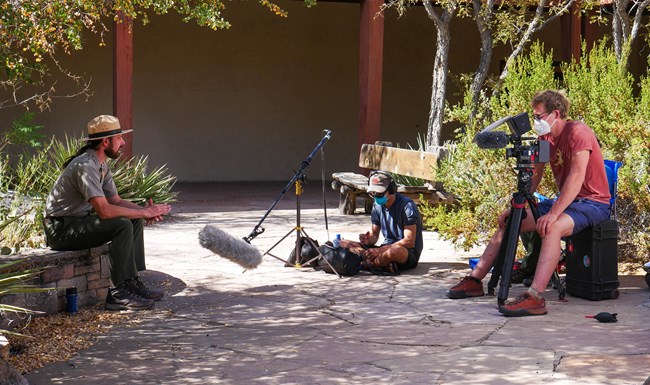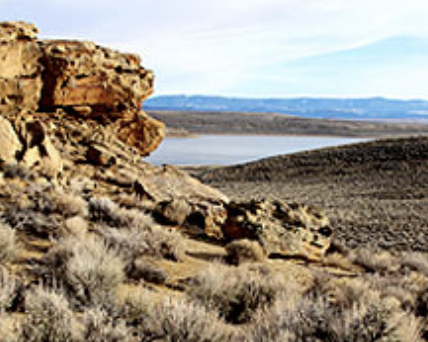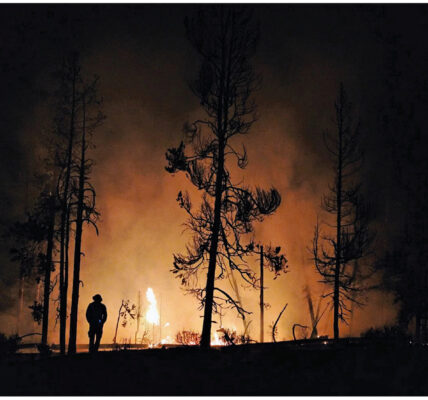
By Mike Koshmrl
Jackson Hole News&Guide
Via- Wyoming News Exchange
JACKSON — The National Park Service has changed its permitting requirements so that commercial filmmakers no longer have to pay fees or gain clearance as long as shoots are small and not in the wilderness.
That nationwide change in regulation, announced Monday, came after a Washington, D.C., court ruled in January that the fees were unconstitutional under the First Amendment.
Judge Colleen Kollar-Kotelly issued a permanent injunction halting the filming requirements, finding that the fees could have a “chilling effect” for a “wide swath” of visitors to national parks.
For now the change is limited to national parks. But at least one Jackson Hole wildlife filmmaker hopes to see the change extended to other public lands.
“It should be all federal lands, not just the park,” Jeff Hogan told the News&Guide.
For Hogan, filming fees are a much bigger burden on nearby national forest than they ever were in the national parks.
“It’s really outrageous,” he said. “My fees for filming for a month are equivalent to, I believe, having 6,000 cows grazing.”
Across the U.S. Forest Service the rate to run a cow with its calf amounts to $1.35 a month, or 67.5 cents per animal. So 6,000 head of livestock, which is a massive grazing operation, would pencil out to just more than $4,000 a month.
Hogan, who typically shoots by himself, is on the hook for a $150 fee each day he’s commercially filming on the national forest. That means a month of shooting — even if he’s walking around the forest with a video camera looking for owls and sees none — earns him a $4,500 bill.
The cost is enough of a deterrent that Hogan does almost all of his filming on private land or in Yellowstone and Grand Teton national parks. Until now he paid each park $350 a year for a permit.
Bridger-Teton National Park spokeswoman Mary Cernicek said the legal precedent created by Kollar-Kotelly’s order did not carry over the U.S. Forest Service.
“What I got direct from the [regional office] is that there is no change to U.S. Forest Service policy,” Cernicek said.
Fees for commercial filming and video work on the 3.4-million-acre national forest were established through a public process, she said, and vary widely. On the low end the cost of a one-to-10-person still photography crew is $50 a day, although the rate increases to $250 if the crew exceeds 30 people. For video permits, rates range from a $150 a day for a single shooter all the way to $600 a day for a 60-plus-person crew. There are additional “cost recovery fees” assessed that start at $131 per permit.
Those expenses are enough for Hogan that he doesn’t bother with shooting on the national forest unless he’s on assignment for an outfit like the BBC or National Geographic, which handle the permitting expenses.
In contrast, the National Park Service’s former rates were “really fair,” he said.
Under the new Park Service interim guidance Yellowstone and Grand Teton will no longer distinguish between commercial filmmakers and people who are casually taking video or doing so for journalism.
“Low-impact” filming that doesn’t require a permit includes shoots that are outside wilderness areas, located in areas that are otherwise open and require fewer than five people.
Videographers whose projects don’t check those boxes are still required to give the national park at least 10 days’ notice in advance of a shoot. During that time the superintendent will determine whether the filming activities require a permit, according to the interim rules.
Eventually the Park Service will replace its interim policy with permanent regulations for filming that address the court’s concerns.
The ruling came after Gordon Price, an independent filmmaker from Yorktown, Virginia, filed a lawsuit to challenge the permitting system. The Park Service fined Price after he made a film at Yorktown Battlefield in Colonial National Historical Park without getting a permit. Price challenged being required to pay a fee when noncommercial entities and news crews are exempt.
In her ruling the judge did allow that “a more targeted permitting regime for commercial filming, which is more closely connected to the threat posed by large groups and heavy filming equipment, may pass constitutional muster in the future.”





